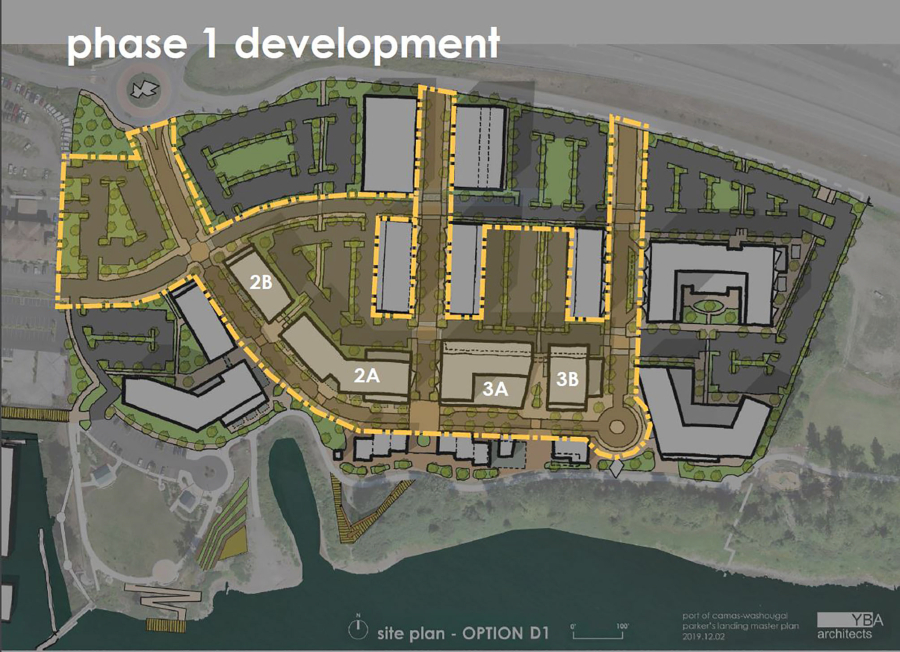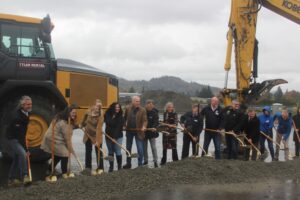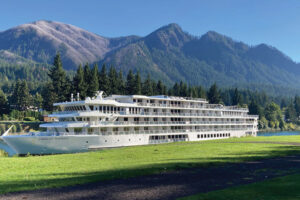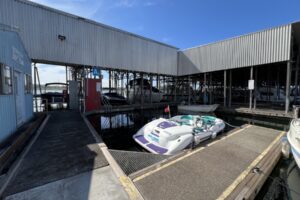Port of Camas-Washougal commissioners are set to approve the first phase of the Port’s waterfront development plans at their Dec. 16 board meeting.
Roy Kim, of RKm Development, the project’s lead developer, and Matt Brown of Portland-based YBA Architects presented their latest plan for the first phase of the Waterfront at Parkers Landing at the Port’s Dec. 2 meeting.
“We’re very excited to come to this point and to be able to narrow it down to one plan,” Kim said. “We’ve spent time gathering input from the community and getting to know the community – not just by looking at things online but by actually going to various meetings, talking to individual people and small groups. We’re thrilled that we’re here and able to give this update and continue on.”
Brown dubbed the latest plan “Option D1,” following the previous “A,” “B,” “C” and “D” versions released earlier this year to elicit feedback from the public.
“It’s been a long process, but the steps you’ve gone through to include our community and their input have been incredible,” Port Commissioner Larry Keister told Kim and Brown. “It’s the community’s project, and I think you’ve really represented what the community would like to see.”




